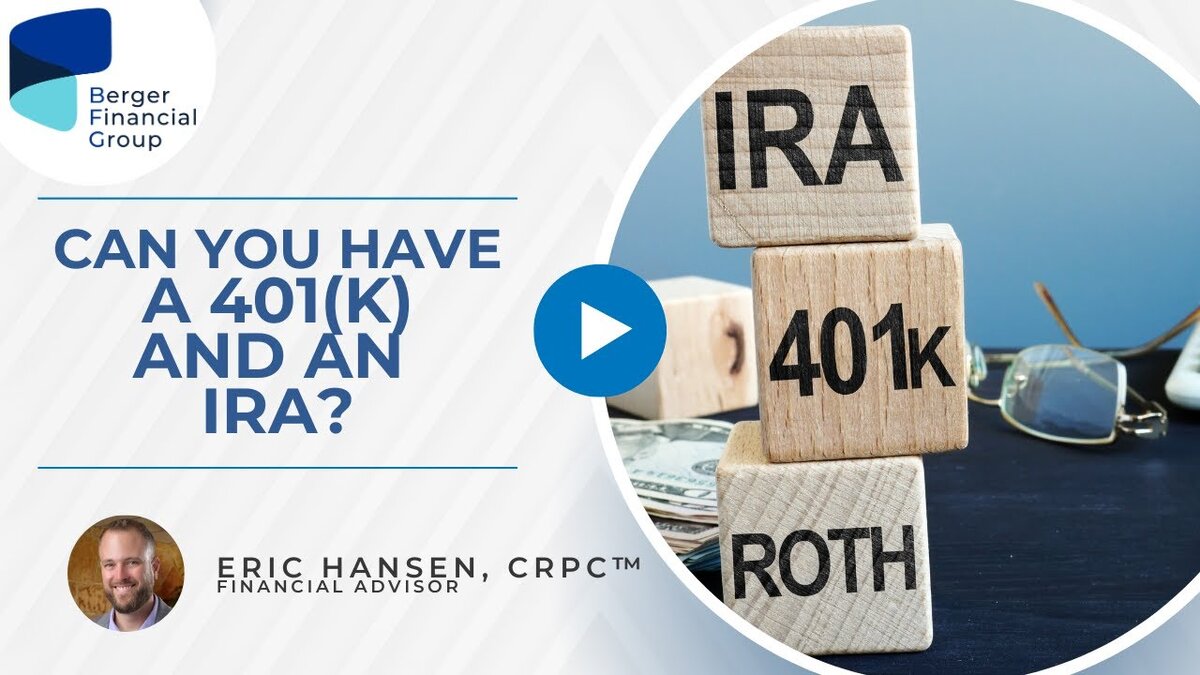Have you ever looked at your investment portfolio and wondered if it still aligns with your financial goals? If you haven’t, it might be time to consider the crucial practice of portfolio rebalancing. This essential strategy can ensure your investments remain in line with your risk tolerance and long-term objectives, ultimately helping you achieve financial success.
What Is Portfolio Rebalancing?
At its core, portfolio rebalancing is the process of realigning the weightings of the assets in your investment portfolio. Over time, the value of different assets will change due to market performance, causing your original asset allocation to drift. For instance, if your portfolio was initially set to have 60% in equities (stocks) and 40% in fixed income (bonds), a strong performance in the equity market might shift that balance to 70% equities and 30% fixed income. Rebalancing involves selling some of the high-performing assets and buying more of the lower-performing ones to return to the desired allocation, in this case, back to 60/40.
Why Is Portfolio Rebalancing Important?
Maintaining Risk Levels
One of the main reasons for rebalancing is to maintain your chosen risk level. Different assets come with different risk profiles. Equities, while having the potential for higher returns, are generally more volatile compared to fixed income assets. If your portfolio becomes overweight in equities due to market performance, your risk exposure increases, potentially beyond your comfort zone. Rebalancing helps mitigate this risk by ensuring your portfolio adheres to your initial risk tolerance.
Aligning with Financial Goals
Your financial goals guide how you allocate your investments. Whether you’re saving for retirement, a house, or a child’s education, your portfolio should reflect your objectives. Over time, changes in asset values can misalign your portfolio from these goals. Rebalancing brings it back in line, ensuring that your investments continue to work towards your targets.
How Often Should You Rebalance Your Portfolio?
Annual Rebalancing
A common practice among investors is to rebalance their portfolios on an annual basis. This frequency strikes a balance between keeping your portfolio aligned with your goals and avoiding excessive transaction costs and taxes. Annual rebalancing ensures that your asset allocation doesn’t drift too far from your intended balance, providing a systematic approach to maintaining your investment strategy.
Semi-Annual or Quarterly Rebalancing
Some investors prefer to rebalance more frequently, such as semi-annually or quarterly. This approach can be beneficial in highly volatile markets where asset values change rapidly. More frequent rebalancing can help capture gains and limit losses more effectively. However, it’s essential to consider the potential for higher transaction costs and the impact of taxes when rebalancing more often.
Drifting Allocations: Why They Happen and How to Address Them
Impact of Market Performance
The primary cause of drifting allocations is the differing returns of various assets. In a year where equities perform exceptionally well, the equity portion of your portfolio may increase significantly compared to fixed income assets. This drift can lead to an imbalanced portfolio that no longer aligns with your risk tolerance and financial goals. Addressing these drifts through rebalancing helps maintain the intended asset allocation.
Systematic Rebalancing
Implementing a systematic approach to portfolio rebalancing can simplify the process. By setting a regular schedule, whether annual, semi-annual, or quarterly, you can ensure that your portfolio remains aligned with your investment strategy. This systematic approach removes the guesswork and emotional decision-making, providing a disciplined method to maintain your desired asset allocation.
Conclusion

Portfolio rebalancing is a vital component of effective financial planning. By regularly adjusting your investments to match your risk tolerance and financial goals, you can navigate the ups and downs of the market with greater confidence. Whether you choose to rebalance annually, semi-annually, or quarterly, the key is to remain consistent and disciplined in your approach. This ensures that your portfolio continues to work towards your long-term objectives, helping you achieve the financial success you desire. For personalized advice and guidance on rebalancing your portfolio, contact Berger Financial Group today.






